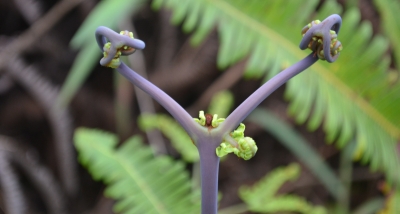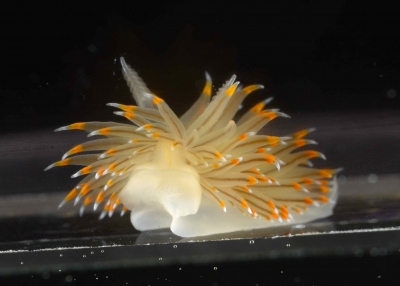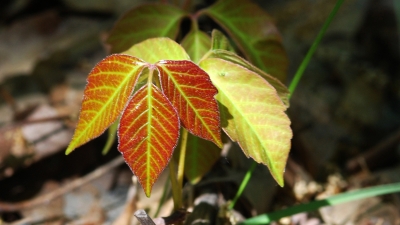What is the evolution of land plants?

For a long time, scientists have assumed that plants became more complex as seeds and flowers made their way. A new study has revealed that this actually happened in two bursts with a long period stasis in between.
The study, led by researchers at Stanford University, reveals that evolution in land plants didn't take place gradually over hundreds of millions of years. Instead, land plants had two dramatic bursts nearly 250 million years apart. After the first one occurred early in plant history and gave rise to the development of seeds, there was a long lull in between before the second burst, which saw the diversification of flowering plants.
The difference in complexity between flowering plants and non-flowering plants is so stark that botanists have long focussed on characteristics within these groups and studying their evolution separately. This is because flowers are more diverse and intricate than anything else in plants.
A flowery problem
To overcome these differences, the researchers in this study designed a system that classified the number of different parts in the plants reproductive structures. This was done based on observation alone and then each species was scored based on how many types of parts it has and the degree to which it exhibited clustering. The researchers were able to categorise 1.300 land species from about 420 million years ago until the present.
250-million-year hiatus
Based on this technique, the researchers were able to show that land plants first diversified about 420 million to 360 million years ago with the onset of early seed plants. And even though insect pollination and animal seed dispersal might have appeared as early as 300 million years ago, it was only about 100 million years ago that the complexity of flowering plants came about The unique nature of flowering plants meant that the second burst of evolution was much more dramatic than the first.
Thus, by using a simple but novel metric, plants were classified based on the arrangement and number of parts in their reproductive system. Once that was achieved, the researchers were able to show that between the initial evolution of seeds and the total change that happened with flowering plants, there was a period of stasis that extended for nearly 250 million years when there was hardly any change. These findings were published in Science in September 2021 and offer insights into the timing and magnitude of these changes.
Picture Credit : Google

